HILTON LAKE COMO
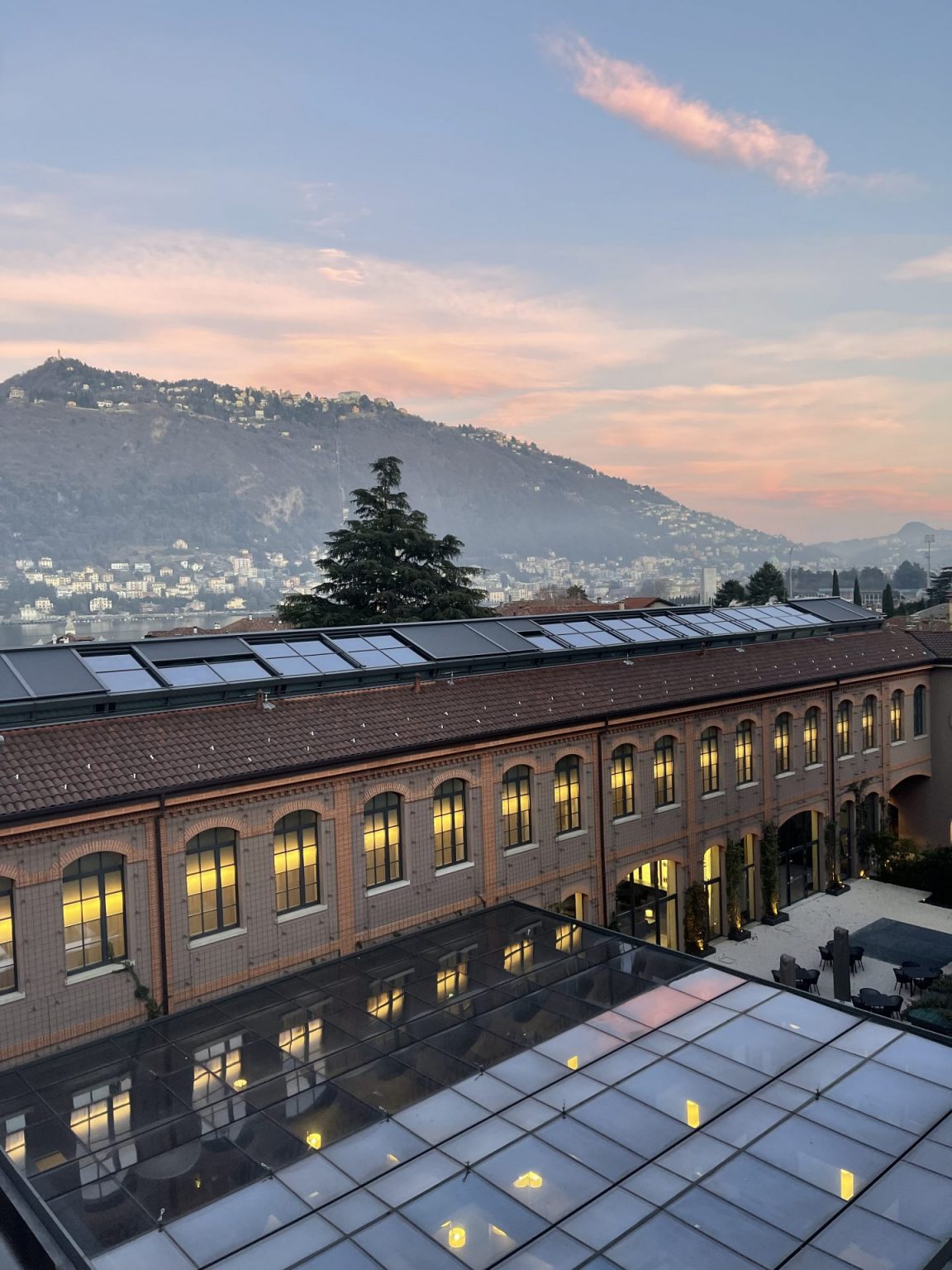
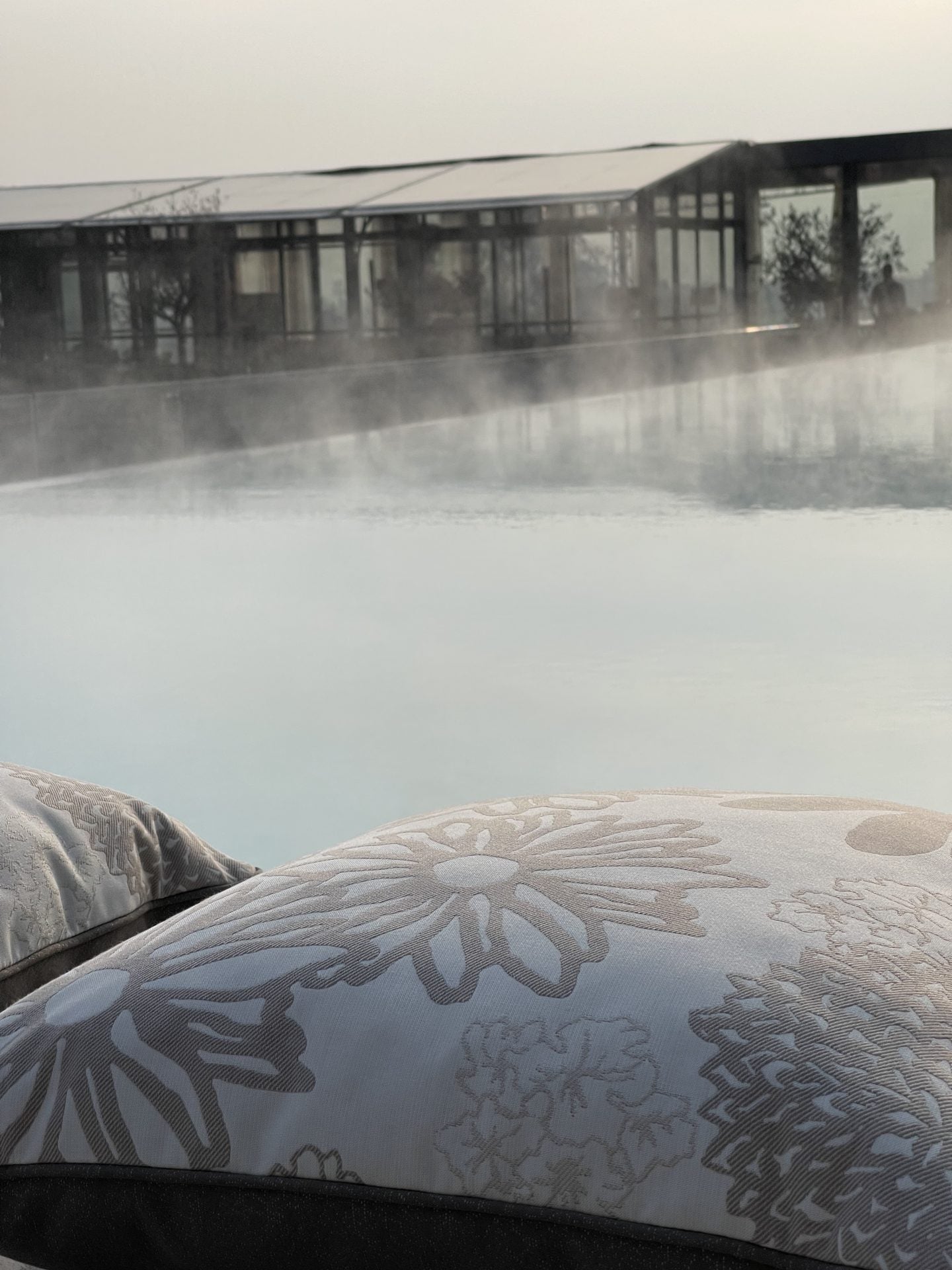
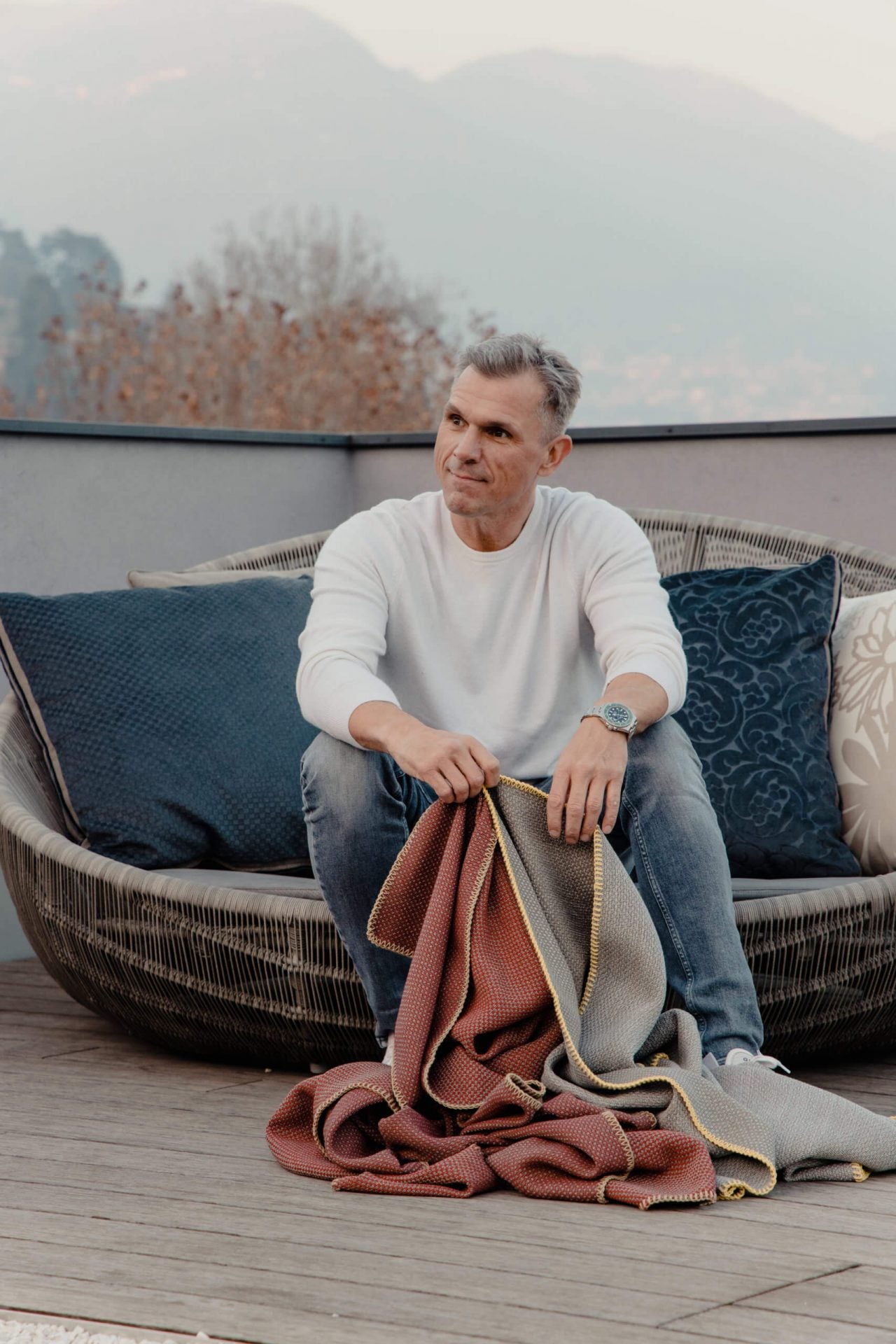
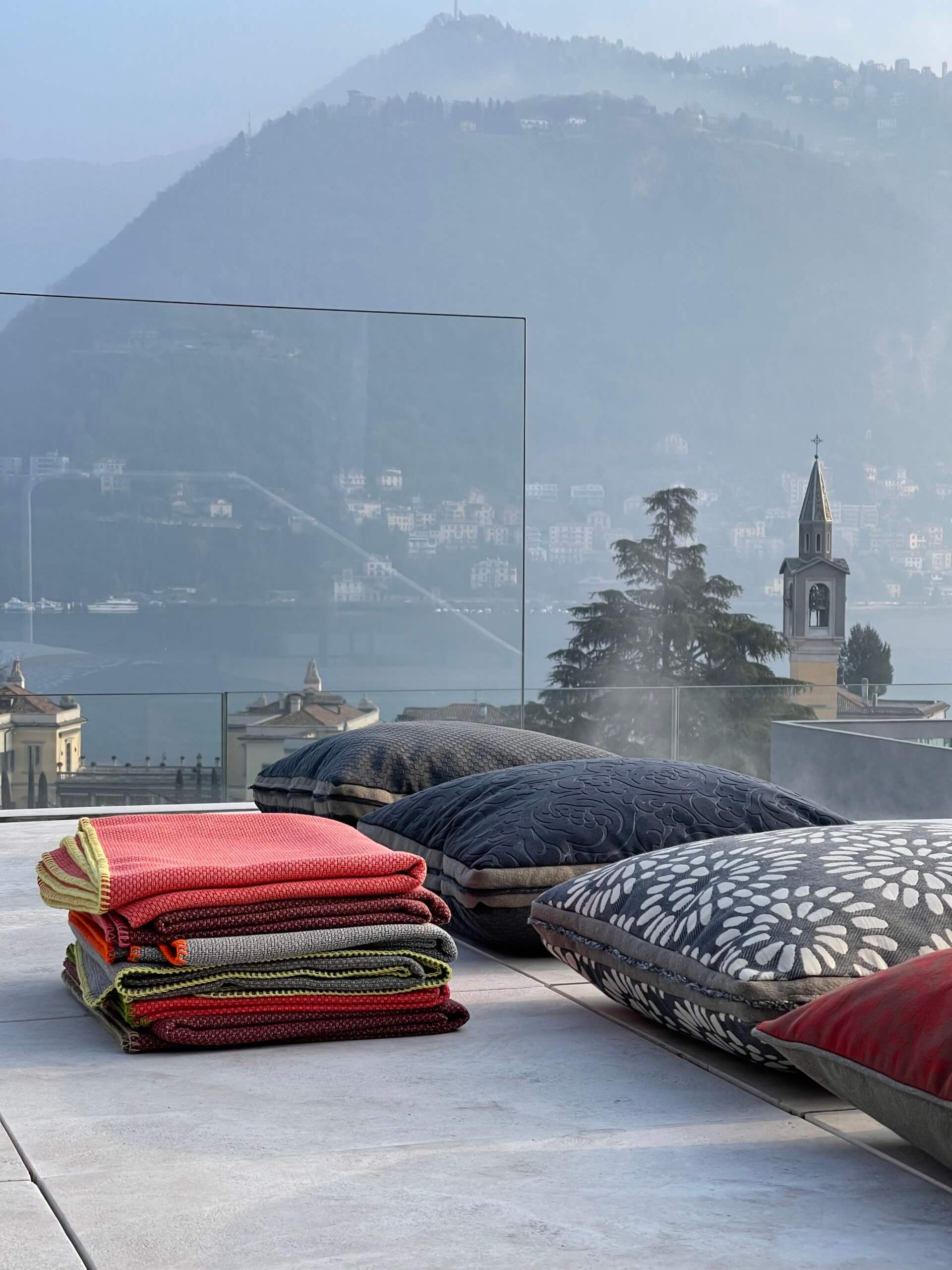

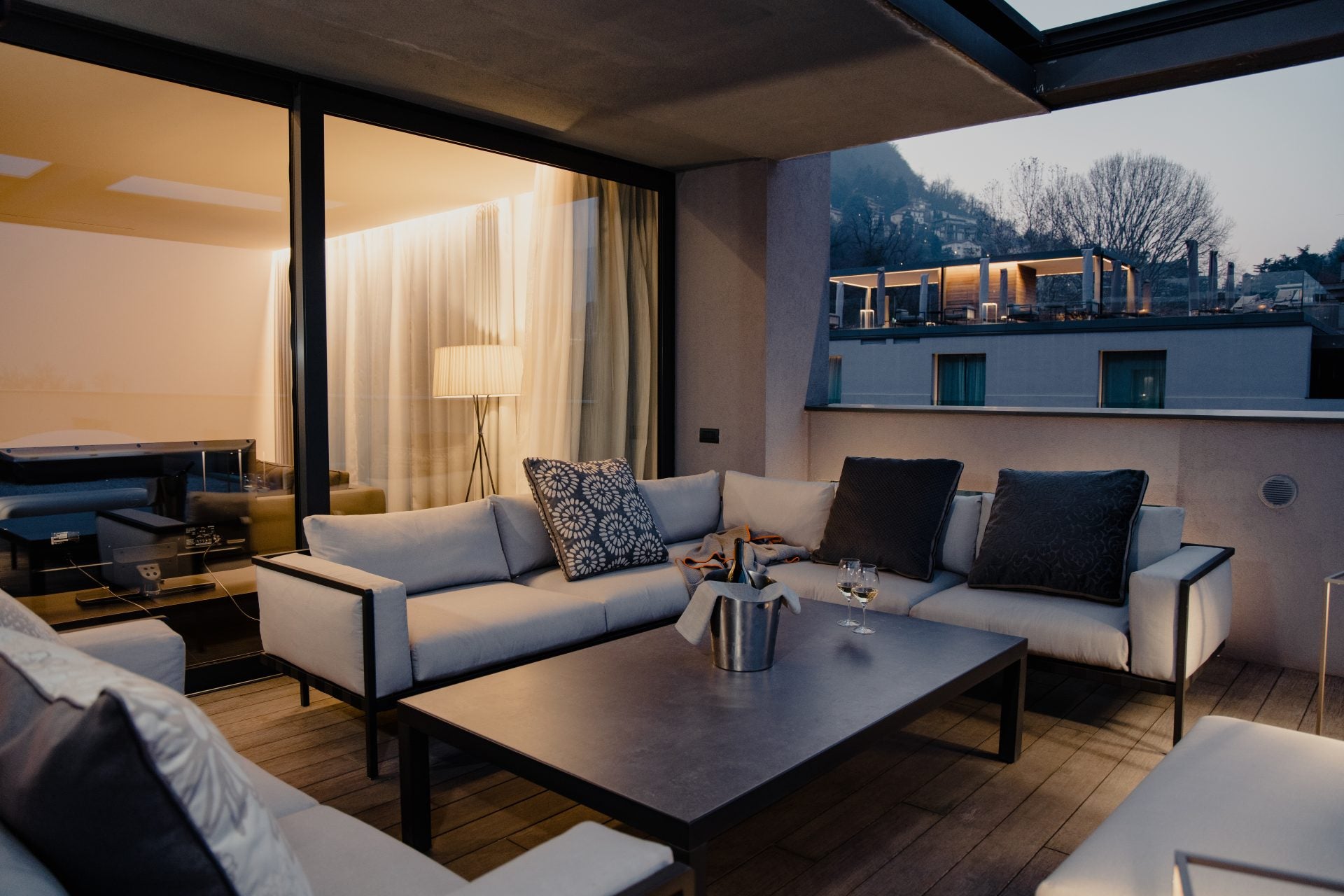

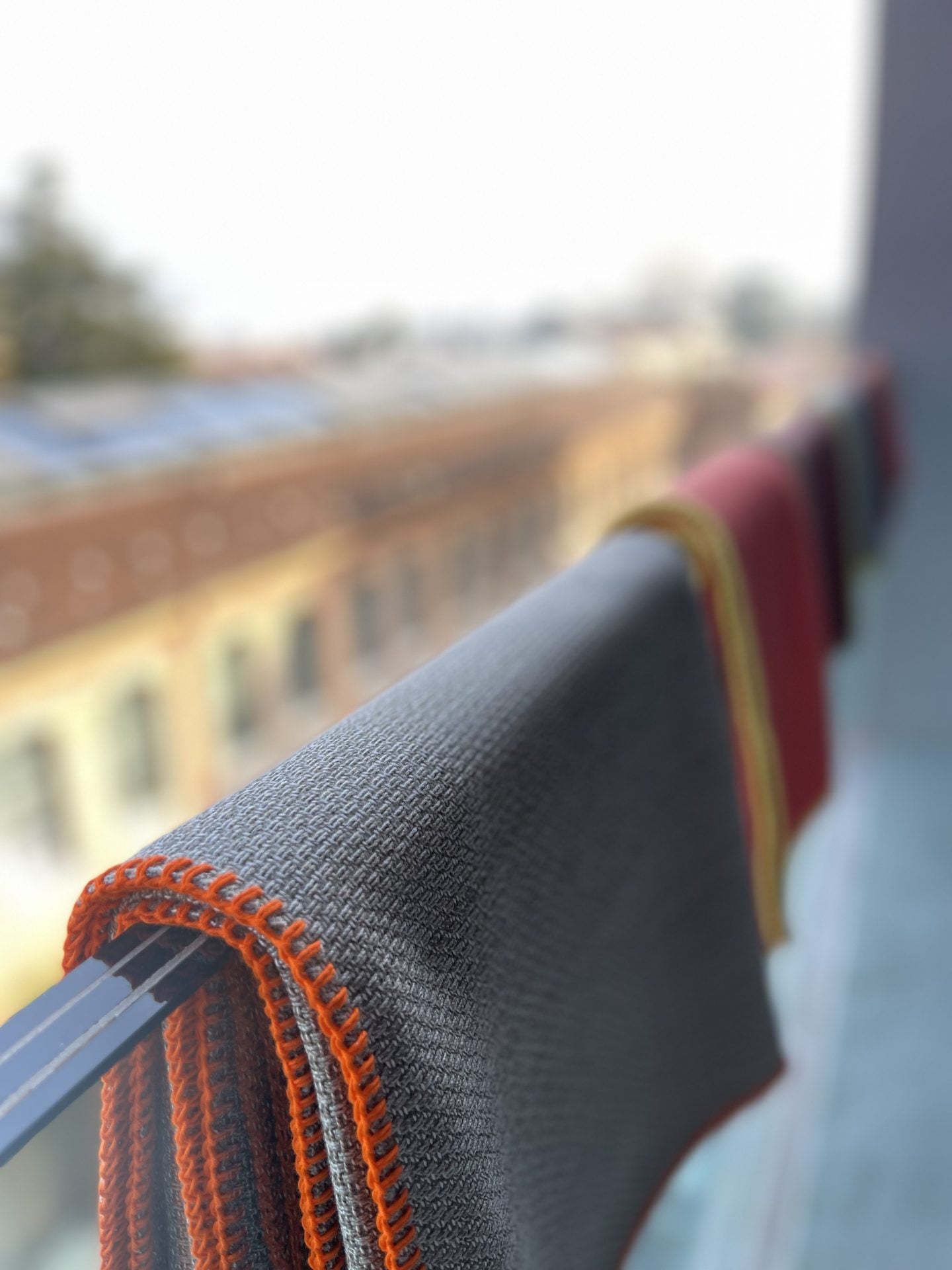

HILTON LAKE COMO
Projekt: Hilton Lake Como – Der Beginn meiner ersten Hospitality-Projekte
Das Hilton Lake Como war für mich ein ganz besonderer Ort, denn hier habe ich mein allererstes Projekt im Bereich Hospitality-Textilien umgesetzt. Während meiner damaligen Tätigkeit mit einer Videofirma nutzte ich die Gelegenheit, meine Textilien in Szene zu setzen, Fotocontent und Videocontent zu erstellen und die Räume – insbesondere die Präsidenten Suite – elegant zu dekorieren.
Exklusive Textilien für eine private Luxusumgebung
Bereits zu Beginn meines Business habe ich bei diesem Projekt hochwertige Materialien verwendet, die meinen heutigen Standards entsprechen. Die Kooperation mit dem privat geführten Hotel der Familie Limonta bot ideale Voraussetzungen: Limonta ist weltweit für erstklassige Textilien bekannt, unter anderem für Marken wie Louis Vuitton, Cassina und B&B Italia. Dadurch konnte ich meine Textilien in einem luxuriösen Umfeld präsentieren, das höchste Ansprüche an Design und Qualität stellt.
Interior-Design und Content-Erstellung
Im Rahmen des Projekts habe ich:
Textilien und Kissen dekorativ in der Präsidenten Suite platziert
Outdoor- und Indoor-Textilien in Szene gesetzt
Fotografie- und Videocontent produziert, um die Qualität und Ästhetik meiner Kollektion zu dokumentieren
Dieses Projekt war nicht nur ein Startpunkt für mein Business, sondern auch ein kreativer Spielplatz, auf dem ich verschiedene Designs und Materialkombinationen ausprobieren konnte.
Ein besonderer Anfang – Martin Gabriel im Luxussegment
Die Zusammenarbeit mit dem Management des Hotels und die positiven Rückmeldungen bestätigten mir, dass meine Vision – stilvolle, hochwertige Textilien für anspruchsvolle Hospitality-Umgebungen – auf großes Interesse stößt.
Dieses Projekt zeigt, wie Martin Gabriel Textilien Räume verwandeln und gleichzeitig luxuriös, funktional und fotogen gestalten können. Ein besonderer Moment, der den Grundstein für alle folgenden Projekte legte.



